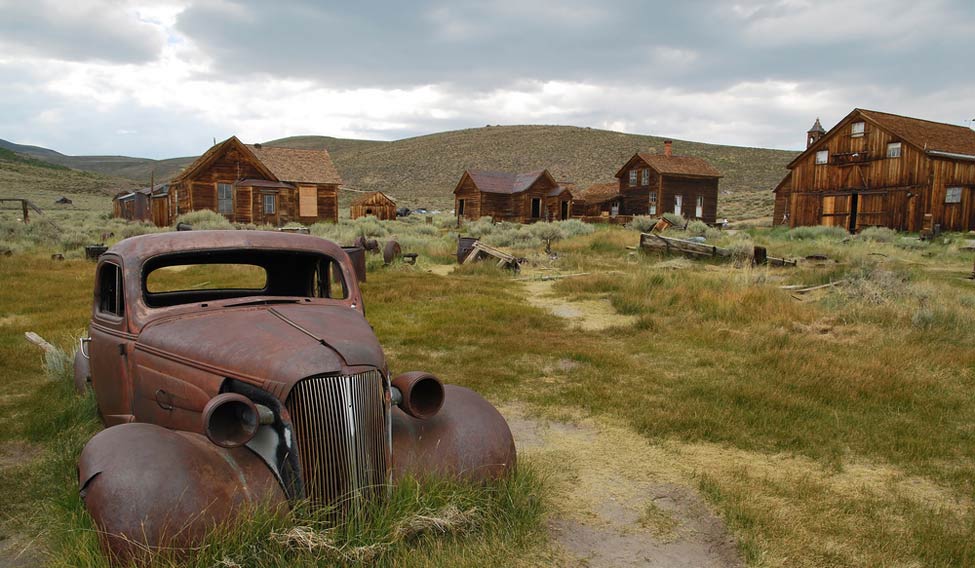Regulation#5: You are entitled to food, clothing, shelter and medical attention. Everything else that you get is a privilege.
Regulation#30: Cellhouse Rules. Loud talking, shouting, whistling, singing, or other unnecessary noises are not permitted.
Regulation#33: Dining Room Rules. Meals are served three times a day in the dining room. Do not exceed your ration. Do not waste food.
Rules. Rules. And more rules. All this for Alcatraz (San Francisco), the world’s most notorious prison. Standing inside the penitentiary housed on an island 2.5km off the San Francisco Bay, I was looking for Chicago’s Public Enemy No.1. Al Capone. Prisoner No. 85. The brutal gangster who ran a multi-million dollar operation in bootlegging, prostitution and gambling in the 1920s. In a row of cells fenced with strong iron bars, the beds were small, the blanket brown, the trousers grey and the shirts blue. Capone was not alone in the sinister list. Other vile men with jumpy names lived in Alcatraz: ‘Machine Gun’ Kelly, ‘Bumpy’ Johnson, ‘Whitey’ Bulger, ‘Creepy’ Karpis. Murderers. Killers. Kidnappers. Gangsters. Wicked men huddled in Alcatraz which bragged as being ‘escape-proof’.
Snaking an audio guide around my neck, I walked through cell grid named Broadway, Madison and Times Square. Voices boomed—officers narrating their lives in the prison; guns blasting during the infamous Alcatraz escape and prisoners lamenting, not their deeds, but the rules of the prison. The dining room is vacant but the last menu still hangs on the entrance door. The library no longer has books and the officers’ club stands forlorn with naked bricks. Alcatraz was shut down in 1963 but it still looks eerie and ghostly. In the corridors there still lingers the dulcet sound of a banjo that Al Capone played at the regular Sunday concerts with the inmate band, the Rock Islanders.
 The ghost town of Bodie near Bridgeport, California
The ghost town of Bodie near Bridgeport, California
I am no Al Capone. But in Old Sacramento, I turned into Lucinda Lanos, a wealthy milliner who made pretty hats during the California Gold Rush of 1849. Carrying fake gold nuggets in a red velvet pouch, I was walking with San Brannan, the savvy merchant, California’s first millionaire, and Lola Montez, the entertainer who had men swoon as she lifted her skirt to show her naked ankles. As part of the Gold Rush Fever tour, I was enacting the role of Lanos, not wearing her hat, but carrying a sketch of hers in hand. When gold was discovered 45 miles off Sacramento, California’s capital, gold diggers and wily merchants swarmed the city. The miners dug for gold, the traders sold an egg for a dollar, a shovel for 20, bed blankets for $25, a box of chocolates for $50. Cy Wheeler, the witty guide, took me around Eagle Theatre, a tiny wood-framed, canvas-covered, tin-roofed building where sweaty wild west pioneers threw gold nuggets at sultry performers.
During the Gold Rush, Sacramento metamorphosed into a glittering town with saloons, ships, hotels, inns, shops and a million ‘gold’ stories. I sat for lunch in Delta King, a historic paddlewheel boat and read about Lola Montez who grew up in India and has been immortalised for her tantalising Spider dance.
Exactly 119 miles away, I was accosted by ghosts, gremlins and spirits in a 160-room house with 40 bedrooms, 14 bathrooms and 47 fireplaces. Called Winchester Mystery House and always on the top of America’s Most Haunted list, this San Jose home is not for faint in the heart. Here, staircases go nowhere, closets open into blank walls, blind chimneys stop short of the ceiling, skylights are located one above another and doors open to steep drops to the lawn below. The number 13 is ominously everywhere—windows contained 13 panes of glass; the walls had 13 panels; the greenhouse had 13 cupolas; many of the wooden floors contained 13 sections; some of the rooms had 13 windows and every staircase but one had 13 steps.
 Winchester Mystery House | Uladzik Kryhin
Winchester Mystery House | Uladzik Kryhin
In this Mystery House lived Sarah Winchester, a 4ft.10-inch woman, the widow of gun magnate William Wirt Winchester. Distraught after the death of her husband and daughter, Sarah was all ears to a Boston medium who told her that she would be haunted by the ghosts of Winchester rifle victims unless she built, non-stop. She’d live as long as her house was under construction, death will take her the moment construction ceases. Sarah took that advise too seriously. She built her house with shifts of 16 carpenters who were paid three times the going rate and worked 24 hours a day. She hastily sketched designs on napkins or brown paper for carpenters to build additions, towers, cupolas or rooms that made no sense and had no purpose. She built, demolished and rebuilt from 1886 until her death in 1922. The Winchester House continued to be built for 38 years.
Perhaps being whimsical was easy-peasy for Sarah—as part of her ‘rifle’ royalty she made $1,000 a day ($27,000 in 2017 dollar terms). Translate it into rupees. That’s a whopping Rs 17.28 lakh a day. That is what Sarah Winchester made everyday! I stepped out of the Winchester Mystery House and thought of Sarah Winchester. When alive, Sarah had no visitors. She lived alone. Desolate. Dead, she gets 1,000 visitors a day. Not counting the ghosts that live there. Permanently.






